
Meet the patients
Acute care is characterised by a patient population who are at the hospital temporarily to receive medical diagnosis and care. Broad variations in medical conditions as well as their dependency levels, can increase the challenges faced by caregivers and healthcare facilities when it comes to meeting their mobility needs. Mobility, as well as the patients’ independence, largely determines the physical assistance they need and the physical loads (static and dynamic) on the caregivers. The acute care patients go from Albert, Barbara, Carl, Doris and Emma, each representing different mobility and caregiver needs.
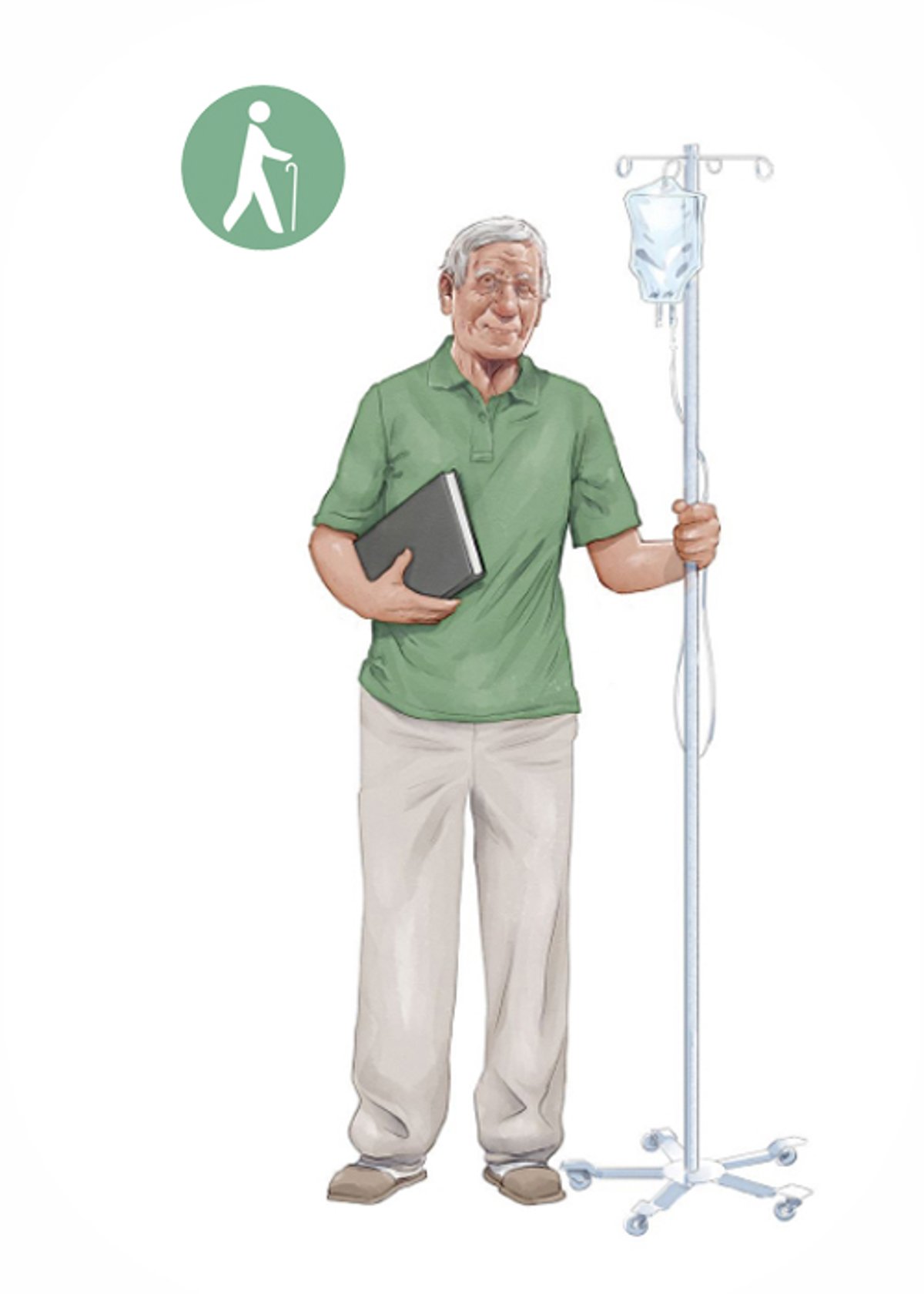
Albert
This patient is able to perform daily activities independently without assistance from another person.

Barbara
This patient is partially capable of performing daily activities independently and the assistance she requires is not generally too demanding for the caregiver.
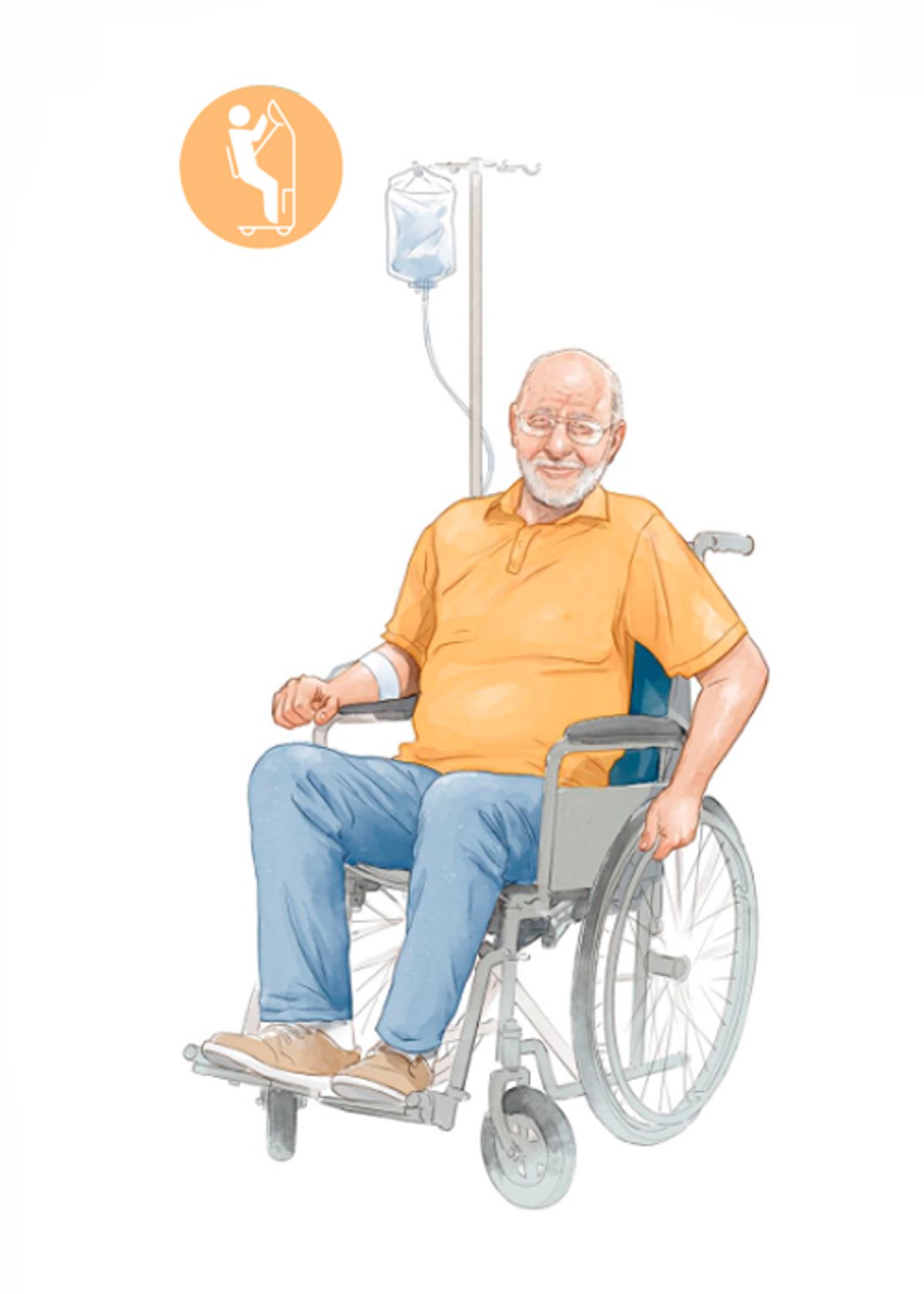
Carl
This patient is incapable of performing daily activities independently or actively contributing in any substantial or reliable way.
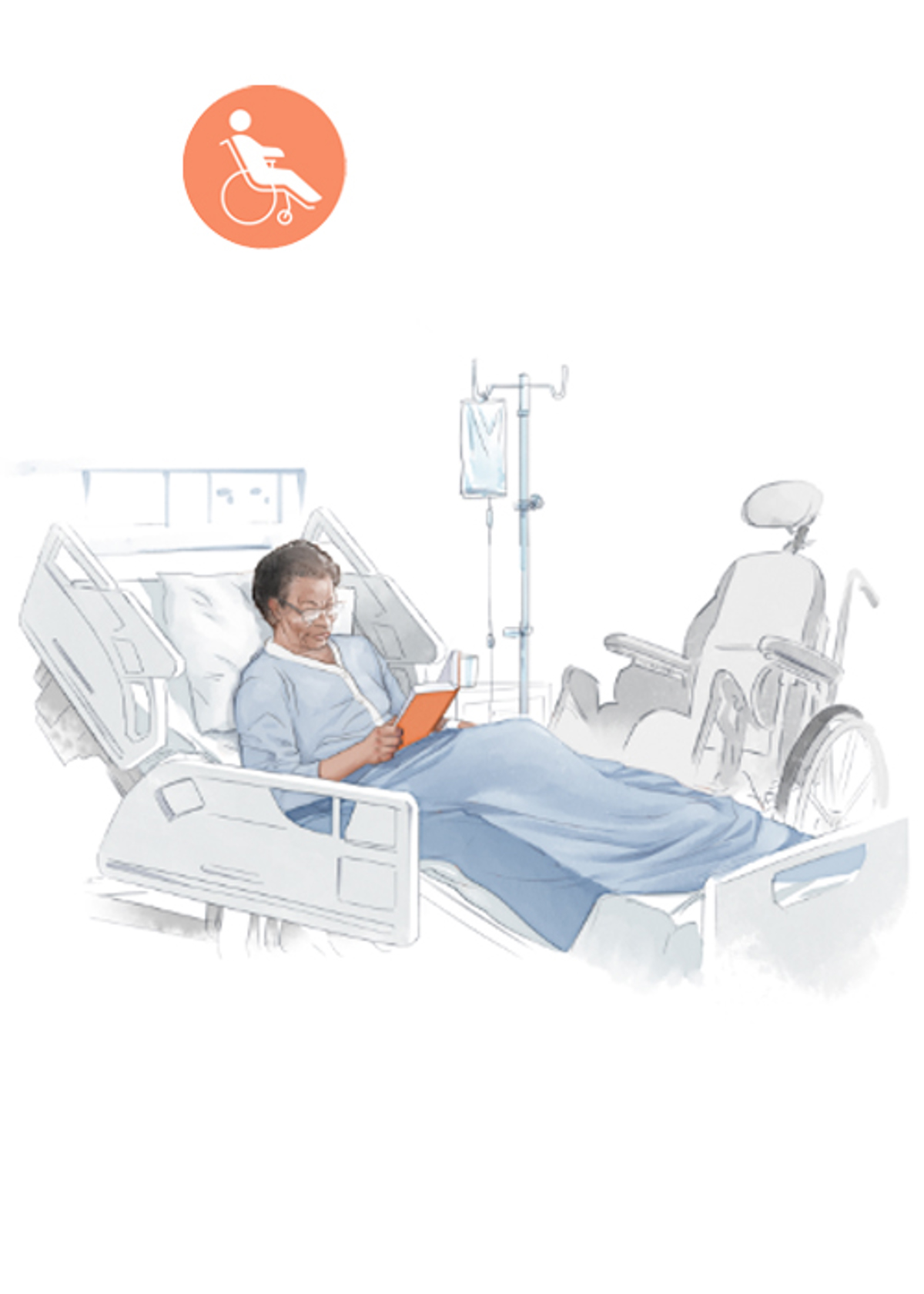
Doris
This patient is incapable of performing daily activities independently or actively contributing in any substantial or reliable way.
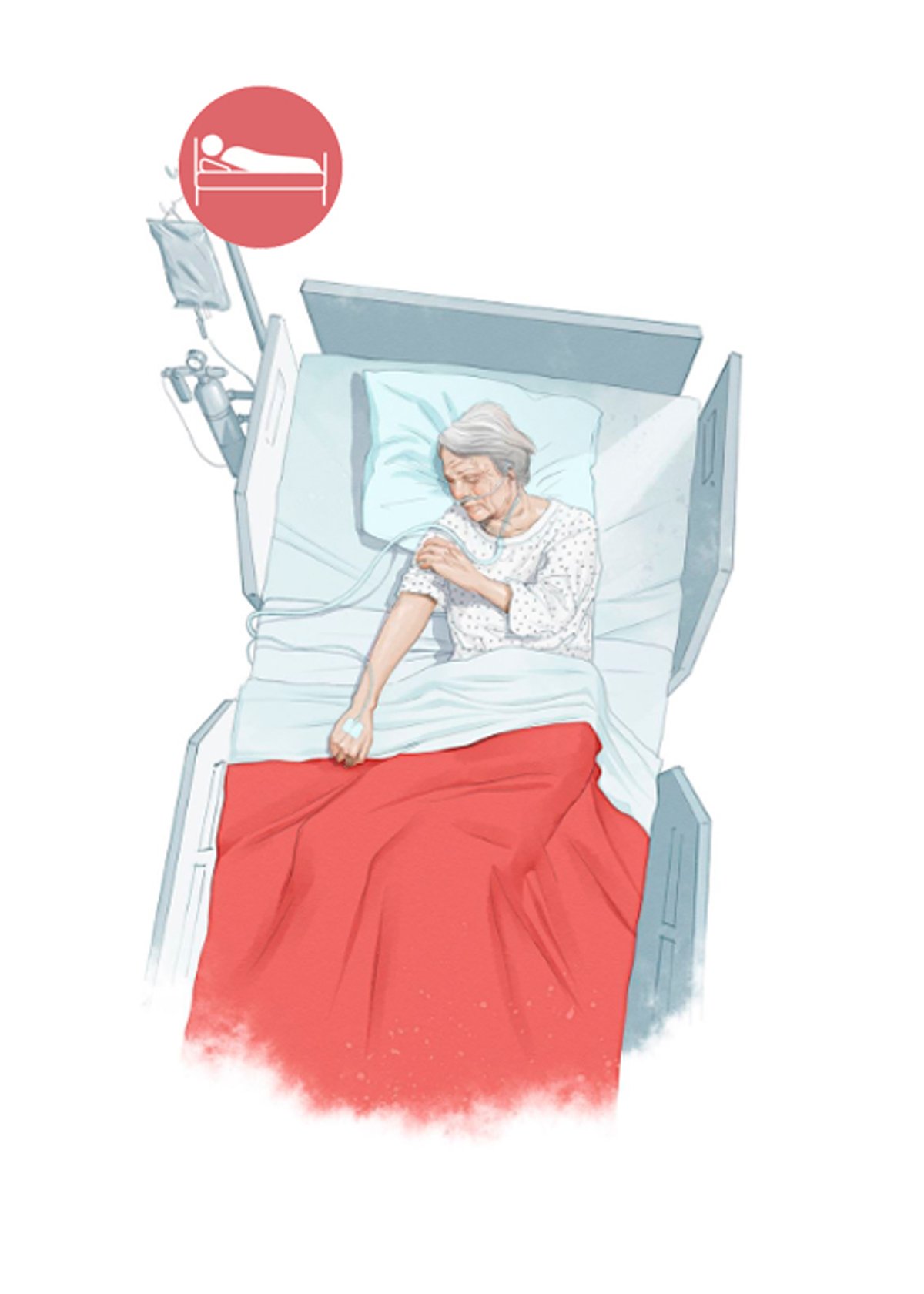
Emma
This patient is incapable of performing daily activities independently or actively contributing to their care or transfers.
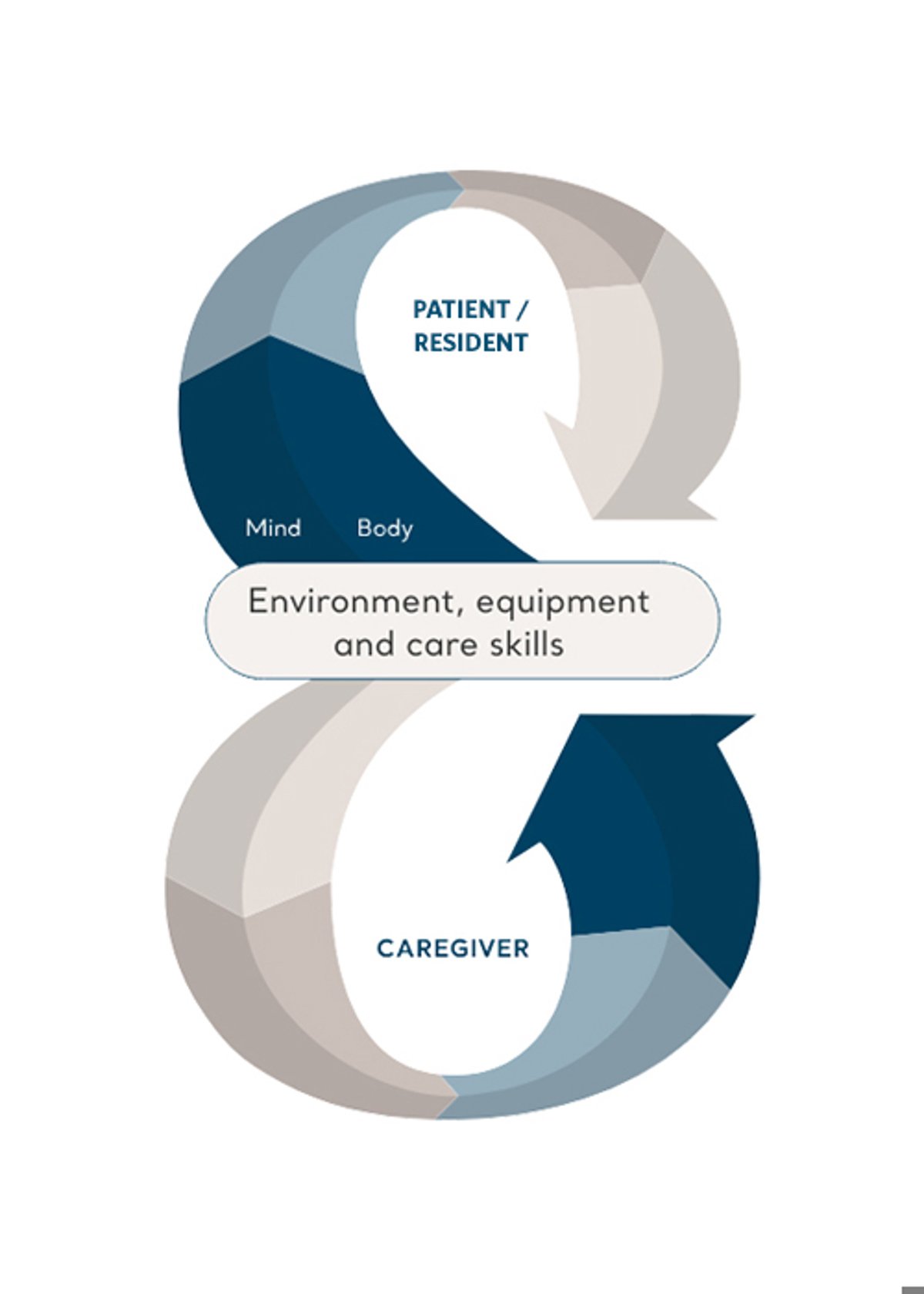
The Positive Eight
The Positive Eight philosophy visualises the potential positive effects that arise from improving or maintaining a person’s mobility through application of the best care skills, an efficient work environment and the proper equipment.